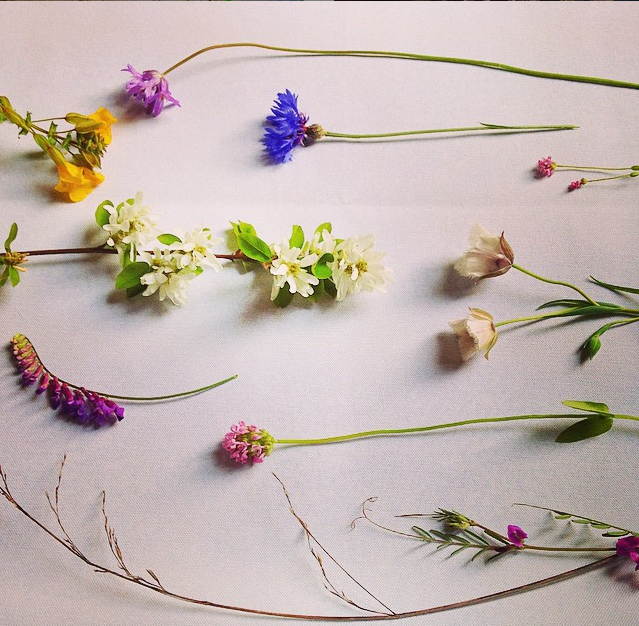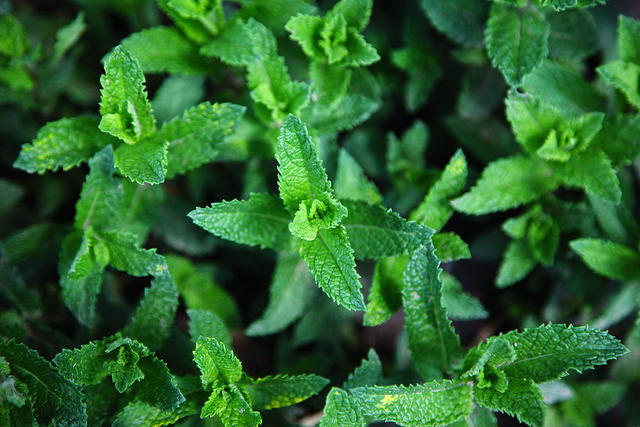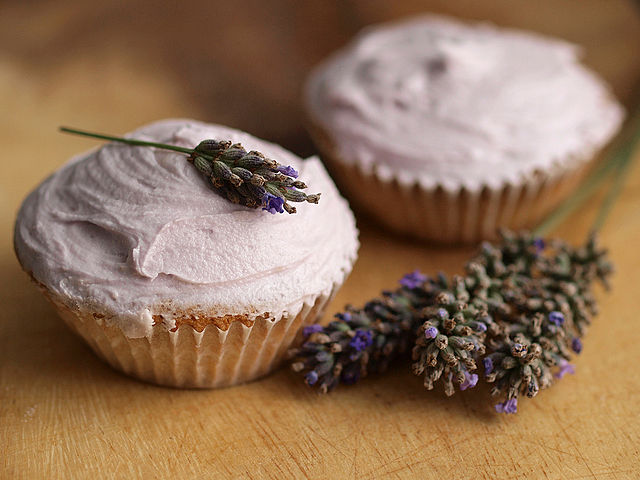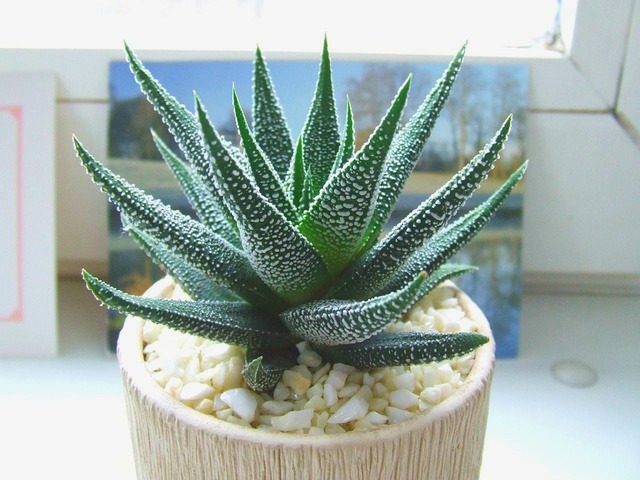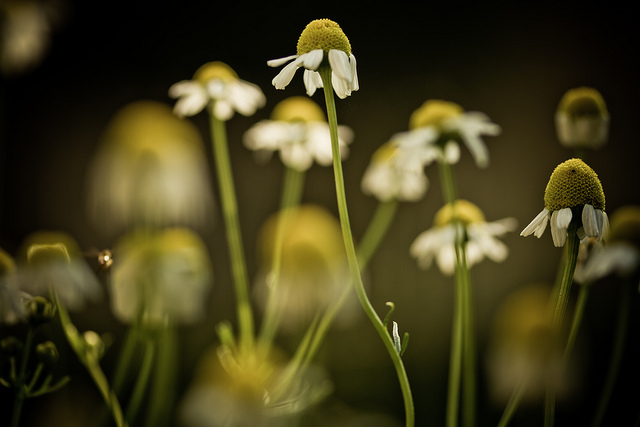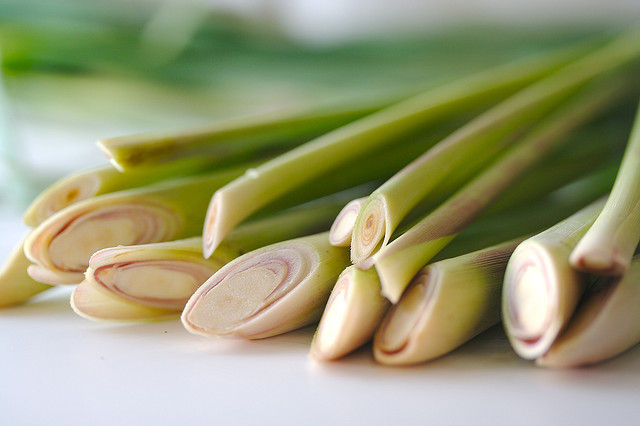
5 Botanical All-Stars: How to Use, Love and Grow (or Buy) Them
I don’t know if it’s because I’ve been a vegetarian for over 20 years, or if it’s because some of my earliest memories are gardening with my grandma, but I turn to plants first. For food, medicine, scent and connection to the world around me, I’m an inveterate flower-sniffer, herb grower, tincture crafter, and apple- (and carrot, wild onion and grass) muncher.
Pretty much every plant out there has its uses, but there are a special few that really stand out: these botanical all-stars are not only easy to grow everywhere from garden to windowsill, they preserve well, and serve a multitude of uses (from bath and body to medicine to flavor to aromatherapy). Forthwith, my very favorite plants to use for…well, everything!
M I N T
Fresh mint image via Sharon and Nikki McCutcheon on Flickr
How to Use:
- Peppermint oil is great for creating no-calorie refreshing summer drinks, as I detailed in this Instagram post
- It’s also useful to settle an upset stomach and get digestion going after a big meal
- Use the whole leaves in cocktails and drinks, salads
- Mash the leaves into a pesto for a refreshing marinade or dressing
How to Grow or Buy: Mint is crazy-easy to grow. Just make sure it’s planted in good potting soil, that it gets plenty of sun, and water regularly. When you buy mint, be sure to avoid brown edges and grab the bunch with the darkest green leaves. At home, trim the bottoms off the ends of the bunch and keep in a jar of water in the fridge.
Find it in Tom’s of Maine’s Lip Shimmer and Botanically Bright Toothpaste
L A V E N D E R
Lavender cupcakes by hozinja via Wikimedia Commons
How to Use:
- Lavender can be used on its own as a deodorant and insect-repellent (be careful, some people with sensitive skin might get a bit irritated by the application of straight oil).
- Mix it with water for an aromatherapy or room spray
- Apply to temples as a sleep or relaxation aid
- Use it as a flavoring for cupcakes or add to chocolates for a lovely, light botanical flavor
- Enjoy it mixed with other plants (like lemongrass or chamomile) to create a relaxing tea
How to Grow or Buy: Lavender is a hardy plant that doesn’t need much water, but does need a lot of sun, so a bright spot with well-drained soil is perfect. You can buy lavender plants in pots, and also dried lavender in bunches. When planting lavender, always ensure that it is organic if you are going to use it for anything other that decorative reasons. If you have more lavender than you know what to do with, make sachets for the dryer (and your clothes will come out smelling beautiful!!).
Find it in Tom’s of Maine’s Wild Lavender Deodorant, where it acts as a deodorant and lovely, natural scent.
A L O E V E R A
Aloe Vera plant image by Robertivianc on Flickr
How to Use:
- You may have heard that aloe vera is great for skin soothing (and it is!) Use it directly on minor burns and to refresh skin when it’s hot out (just cut off the tip of a spire and squeeze).
- You can also drink aloe vera water (the health benefits are legion) or make your own
How to Grow or Buy: Aloe needs very little water, and should be planted in very sandy or soil made from small pebbles or rocks. It needs plenty of sun. You can often find aloe branches in large supermarkets too.
Find it in Tom’s of Maine Wicked Fresh! mouthwash where aloe soothes as it rinses.
C H A M O M I L E
Backyard Chamomile image by Jim Lukach via Flickr
How to Use:
- Chamomile is an age-old tummy soother, and is most commonly found in tea, for which the dried flowers need no addition
- It’s also delicious paired with honey in a chamomile cake
- A chamomile bath (one pound of flowers to 20 gallons of water) is a skin soother and relaxer
- Or use chamomile and rose oils to create a lovely DIY perfume (dilute with a scentless oil like jojoba if you like)
- Chamomile syrup could be added to light cocktails or just seltzer water for a refreshing summer drink
How to Grow or Buy: You can grow chamomile in a garden bed, a container, or a pot indoors. It also needs plenty of sun and a fair amount of water. You can buy chamomile flowers at tea specialty stores (look for organic, whole chamomile flowers, not a powdery version).
Find it in Tom’s of Maine Sensitive Beauty Bar.
L E M O N G R A S S
Lemongrass image via Yusuke Morita via Flickr
How to Use:
- Lemongrass is a popular additive to Asian cuisines, and adds a bright green-lemon flavor to whatever its added to
- Like mint, basil or parsley, it can be enjoyed as-is (just chew on it or add it directly to dishes)
- Dry lemongrass and make it into a tea (mix with fresh lime for a supertangy flavor)
- Lemongrass oil acts as a mosquito and flea repellent (spray a diluted mixture on self or pets)
How to Grow or Buy: Lemongrass is also very easy to grow (just keep in mind that it can be several feet tall) and it needs moderate sunshine (at least a couple hours a day); it likes a well-drained soil.
Find it in Tom’s of Maine Deodorant Body Bar.
This post sponsored by Tom’s of Maine, a company that stands by its ingredients.

